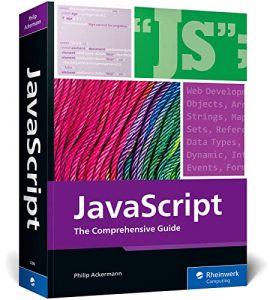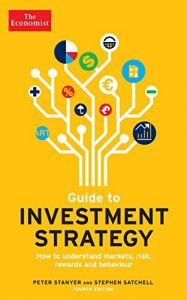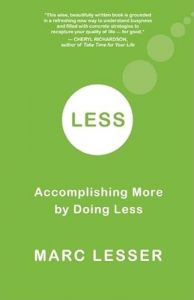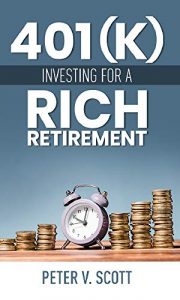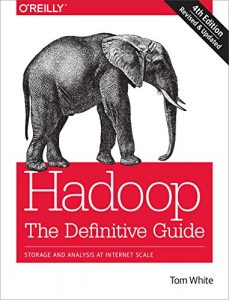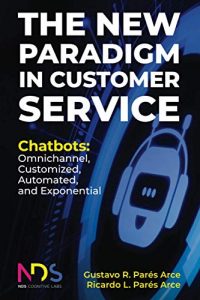1. Unveiling Tech Debt: A Business Leaders Guide to Measuring and Managing Enterprise Tech Debt Leverage
Written by Dr. Ken Knapton, “Unveiling Tech Debt” provides a comprehensive guide for business leaders to understand and measure technical debt in their organizations. It addresses the crucial need for leaders to be aware of technical debt and offers practical strategies for managing it effectively. Dr. Knapton argues that technical debt is not merely an IT issue; it has vast implications for business strategy and ROI. By adopting the insights and methodologies offered in this book, leaders can make informed decisions, streamline their processes, and ultimately drive their organizations toward greater efficiency.

2. Managing Technical Debt: Reducing Friction in Software Development
This collaborative effort by Philippe Kruchten, Robert Nord, Robert Nord, and Ipek Ozkaya is a must-read for software developers facing increasing pressures in their projects. “Managing Technical Debt” delves into the causes of technical debt and offers actionable frameworks for addressing it in software development. By focusing on reducing friction and improving collaboration within teams, it provides a fresh perspective on how to manage debt effectively without compromising quality. Each chapter is filled with real-world examples and practical tools that will empower readers to tackle their projects with confidence.

3. Technical Debt in Practice: How to Find It and Fix It
Co-authored by Neil Ernst, Rick Kazman, and Julien Delange, this book bridges the gap between theoretical concepts of technical debt and practical application. “Technical Debt in Practice” emphasizes the importance of identifying and mitigating technical debt before it escalates into significant obstacles. This unique approach highlights various strategies for unearthing hidden debt, making it an essential resource for software architects and developers alike. The insights provided are geared towards fostering a culture of continuous improvement and proactive management of software systems.

4. Software Design X-Rays: Fix Technical Debt with Behavioral Code Analysis
Adam Tornhill’s “Software Design X-Rays” introduces an innovative approach to viewing codebases through the lens of behavioral patterns. This book goes beyond surface-level tactics to provide insights into identifying and analyzing technical debt using code analysis techniques. Tornhill’s method encourages developers to look for systemic issues that contribute to debt accumulation. By focusing on the behavior of code, it allows teams to prioritize remediation efforts effectively, making this book invaluable for anyone looking to enhance software quality and maintainability.

5. Refactoring for Software Design Smells: Managing Technical Debt
In “Refactoring for Software Design Smells,” authors Girish Suryanarayana, Ganesh Samarthyam, and Tushar Sharma explore the intricate relationship between design smells and technical debt. This book emphasizes the importance of refactoring in maintaining healthy codebases and offers frameworks that effectively address design problems. Readers are guided through various refactoring techniques that not only improve the quality of code but also expedite delivery times. This book is an essential read for anyone committed to writing clean and maintainable code.

6. Sustainable Software Architecture: Analyze and Reduce Technical Debt
Carola Lilienthal’s “Sustainable Software Architecture” is a critical resource for software architects who aim for long-term sustainability in their designs. The book presents methodologies for analyzing and reducing technical debt while maintaining architectural integrity. Through practical strategies and case studies, Lilienthal discusses how to balance immediate project demands with the need for sustainable growth in architectures. This book is essential for anyone looking to build robust and enduring software systems.

7. Refactoring with C#: Safely Improve .NET Applications and Pay Down Technical Debt with Visual Studio, .NET 8, and C# 12
Matt Eland’s guide, “Refactoring with C#” focuses on .NET applications and provides readers with the tools needed to enhance their current codebases effectively. It dives into practical refactoring techniques that help reduce technical debt in an efficient manner while utilizing the latest technology advancements. Eland emphasizes the importance of a systematic approach to refactoring that ensures safety and preserves functionality. This book is a must-have for .NET developers aiming to modernize their applications while managing technical debt responsibly.

8. The Mikado Method
In “The Mikado Method,” Ola Ellnestam and Daniel Brolund introduce a straightforward yet powerful approach to managing technical debt through deliberate refactoring. The book outlines a structured methodology that helps teams identify and resolve technical problems systematically. This approach not only improves code quality but also fosters a culture of collaboration among developers. By providing clear steps and practical insights, this book is a valuable addition for teams aiming to enhance their software development practices.

9. Understanding Technical Debt: Your Guide to Navigating in the Age of Digital Disruption
Beltan Tönük’s book, “Understanding Technical Debt,” is an accessible guide tailored for professionals at all levels to understand the implications of technical debt in the modern digital landscape. It explores how organizations can navigate the challenges posed by technical debt and offers strategies for managing it effectively. This book serves as a foundational resource for anyone seeking to grasp the impact of technical debt in a rapidly changing technological environment.

10. Taming Your Dragon: Addressing Your Technical Debt
Dr. Andrew Richard Brown’s “Taming Your Dragon” is an insightful exploration of how to confront and manage technical debt effectively. The metaphor of a ‘dragon’ symbolizes the looming threat that unmanaged technical debt poses to software projects. Brown provides practical advice and strategies for ‘taming’ this debt with real-world examples and illustrative case studies, making it a highly valuable resource for engineers and project managers alike. This book encourages proactive management and offers a roadmap for maintaining healthy software systems.









